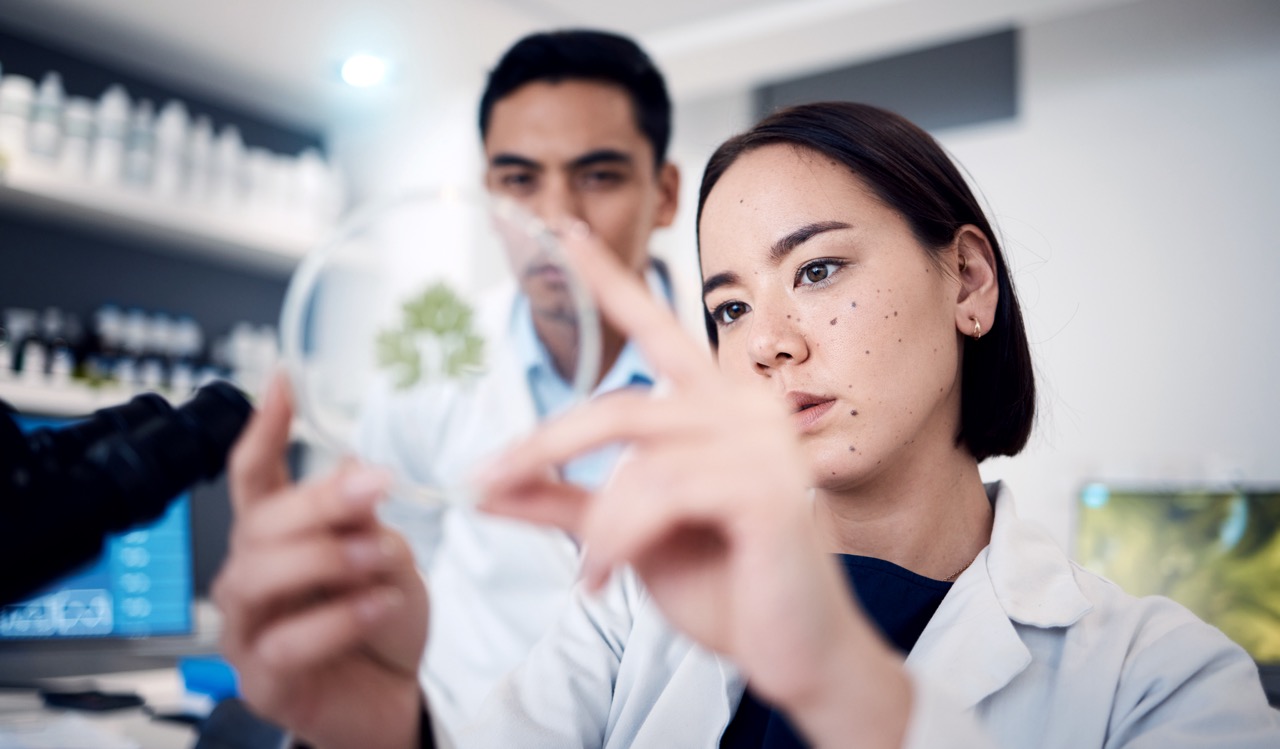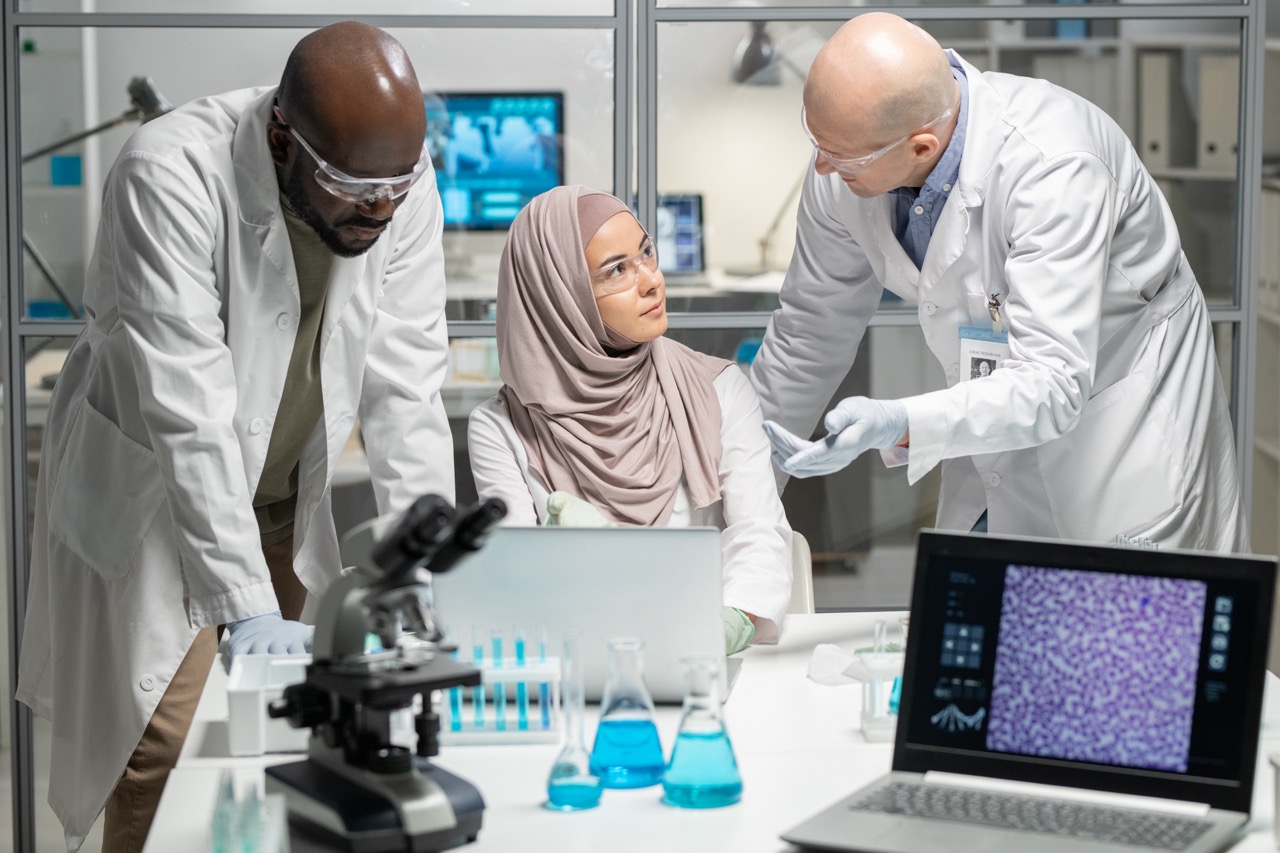Carolyn Bertozzi is a pioneering chemist whose work has significantly advanced the field of chemistry, particularly through her contributions to the development and application of click chemistry. This innovative approach has revolutionized the way scientists can synthesize complex molecules and study biological processes. As the recipient of numerous accolades, including the Nobel Prize in Chemistry in 2022, Bertozzi’s research has bridged the gap between chemistry and biomedicine, opening new avenues for medical diagnostics and therapeutics. This article outlines her contributions, the principles of click chemistry, the techniques employed in her laboratory, and the far-reaching impacts of her research on biomedical science.
Overview of Carolyn Bertozzi’s Contributions to Chemistry
Carolyn Bertozzi’s career is characterized by a relentless pursuit of knowledge and innovation in the field of chemistry. She earned her PhD from the University of California, Berkeley, where she developed a strong foundation in organic chemistry. Bertozzi gained prominence for her role in the advancement of click chemistry, particularly for her work on bioorthogonal reactions—reactions that can occur inside living organisms without interfering with native biochemical processes. This groundbreaking work allows for the labeling of biomolecules in complex biological systems, enabling scientists to study cellular functions and disease mechanisms in unprecedented detail.
In addition to her groundbreaking research, Bertozzi has been a vocal advocate for diversity and inclusion within the scientific community. She has worked tirelessly to mentor young scientists, particularly women and underrepresented groups, thereby fostering a more inclusive environment in academia and industry. Her mentorship and advocacy work serve as an inspiration to aspiring chemists and underscore the importance of diverse perspectives in scientific discovery.
Bertozzi’s team has published extensively in high-impact journals, contributing to the foundational knowledge of click chemistry and its applications. Her research has garnered recognition from both academic and industrial sectors, leading to collaborations that extend the impact of her findings. Ultimately, her contributions have reshaped not only the field of chemistry but also the way biochemists approach problems in living systems.
Understanding Click Chemistry: Principles and Applications
Click chemistry is a term that refers to a set of efficient, selective, and reliable chemical reactions that can rapidly join small units together. The principle behind click chemistry is to create reactions that are highly specific, generate minimal byproducts, and can occur under mild conditions. The idea of "clicking" molecules together is akin to assembling building blocks, which makes this methodology particularly appealing for complex synthetic tasks in both organic chemistry and biochemistry.
The applications of click chemistry are vast and varied, extending beyond the laboratory into fields such as pharmaceuticals, materials science, and bioengineering. One of the most significant applications has been in the development of targeted drug delivery systems. By employing bioorthogonal reactions, researchers can attach therapeutic agents to specific cells or tissues, thereby increasing the efficacy of treatments while minimizing side effects. This targeted approach has the potential to transform therapies for diseases such as cancer, where precision is crucial in combating tumor cells.
Furthermore, click chemistry has facilitated advancements in the field of diagnostics. By using click reactions, scientists can develop imaging agents that allow for real-time monitoring of biological processes within living organisms. This capability is vital for understanding disease progression and response to treatment, ultimately leading to improved patient outcomes. Bertozzi’s focus on bioorthogonal chemistry has thus provided researchers with invaluable tools to study complex biological systems in a more nuanced manner.
Key Laboratory Techniques Employed by Bertozzi’s Team
Bertozzi’s laboratory is known for its innovative use of various techniques to explore the principles of click chemistry. One of the core methodologies employed is the development of specific ligation reactions that can occur in living organisms without interference from existing biological processes. This approach has enabled her team to create a diverse array of chemical probes that can selectively label biomolecules, allowing for detailed studies of cellular functions.
Another key technique involves the synthesis of modular chemical scaffolds that can be easily modified to include various functional groups. This versatility allows researchers to fine-tune the properties of molecules for specific applications, such as enhancing the efficacy of drug candidates or improving the sensitivity of diagnostic assays. The ability to adapt these scaffolds for different purposes has made Bertozzi’s research particularly influential in the realms of both basic and applied sciences.
Additionally, Bertozzi’s team utilizes advanced imaging techniques to visualize the effects of their bioorthogonal reactions in real time. Techniques like fluorescence microscopy and mass spectrometry are employed to track the interactions of labeled biomolecules within cells, providing insight into complex biological interactions and pathways. This integration of cutting-edge technology with click chemistry principles epitomizes the innovative spirit of Bertozzi’s research and its potential to drive future discoveries in biomedicine.
Impacts of Bertozzi’s Research on Biomedical Science Fields
Carolyn Bertozzi’s research has had profound implications for various biomedical fields, particularly in drug development and disease treatment. By harnessing the power of click chemistry, her work has enabled the creation of targeted therapeutics that can deliver drugs precisely where they are needed, thus maximizing therapeutic effects while minimizing adverse side effects. This targeted approach is especially beneficial in cancer therapy, where delivering drugs to tumor cells without affecting healthy tissues is paramount.
Moreover, Bertozzi’s contributions to the understanding of glycosylation—the process of adding sugar molecules to proteins—have opened new avenues for understanding disease mechanisms. Many diseases, including cancer and inflammatory disorders, are linked to aberrant glycosylation patterns. By applying click chemistry techniques to study these modifications, Bertozzi’s team has provided valuable insights into how glycosylation affects cell signaling, immune response, and overall cellular behavior, paving the way for the development of novel diagnostic tools and therapies.
Lastly, Bertozzi’s research has fostered interdisciplinary collaboration between chemists, biologists, and medical professionals. By providing chemists with powerful tools to study biological questions, her work has encouraged a more integrated approach to research that considers the interplay between chemistry and biology. This collaborative spirit is essential for driving innovation in medicine and improving patient care, as it leads to the development of advanced therapies and diagnostic methods that address complex health challenges.
Carolyn Bertozzi’s laboratory research in click chemistry represents a significant leap forward in both the field of chemistry and its applications in biomedicine. Her innovative approaches, coupled with a commitment to mentorship and collaboration, have set the stage for future advancements in targeted therapies and diagnostic technologies. As the impact of her research continues to unfold, Bertozzi’s work will undoubtedly inspire the next generation of scientists to explore the intersections between chemistry and biology, ultimately improving health outcomes and advancing our understanding of the molecular basis of life.










